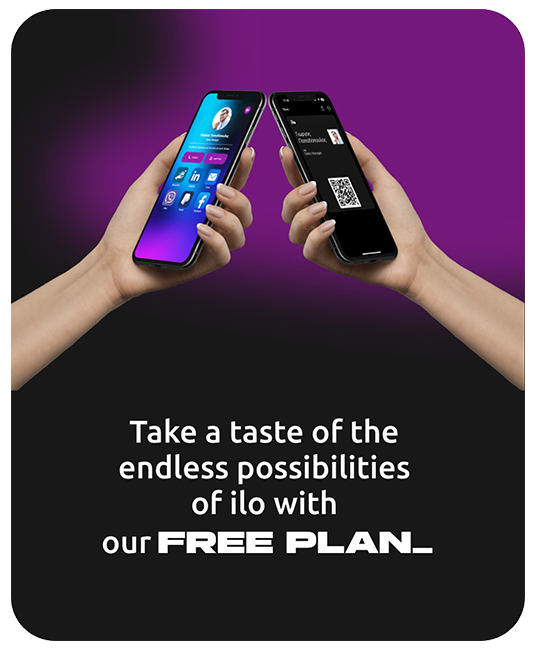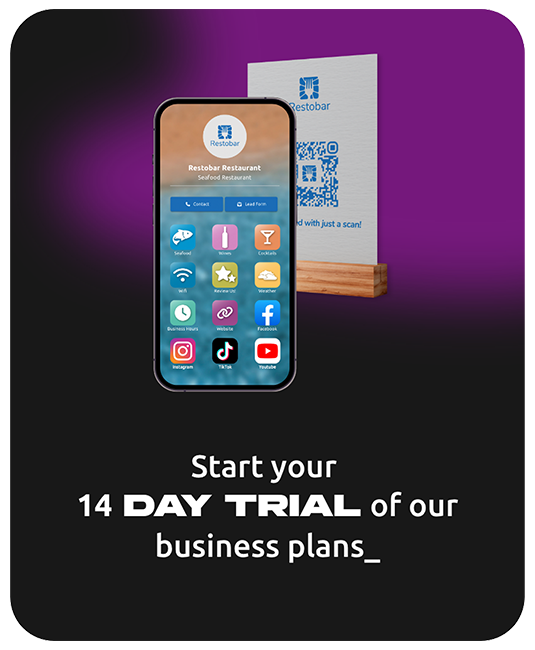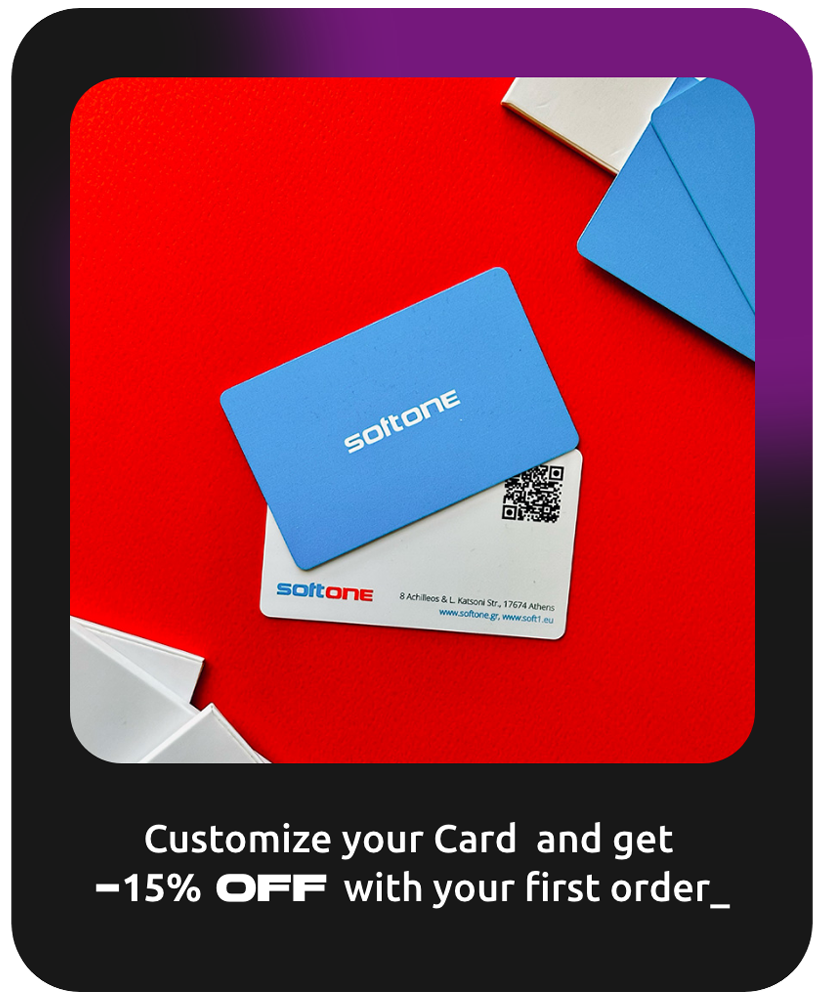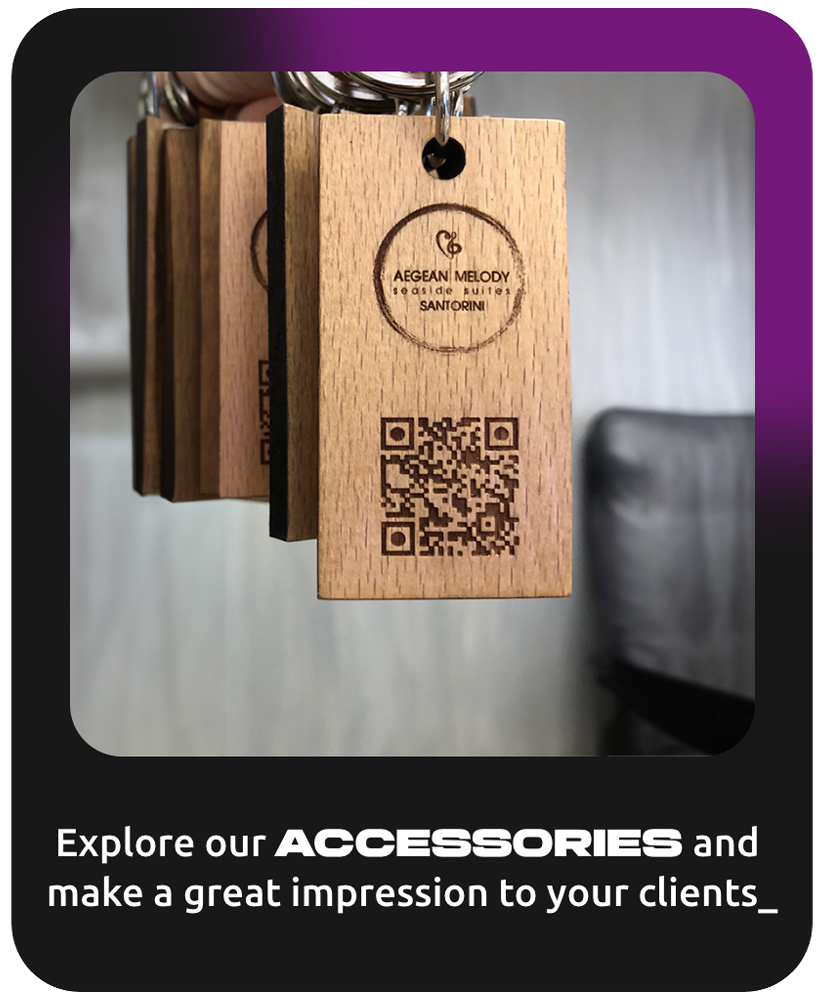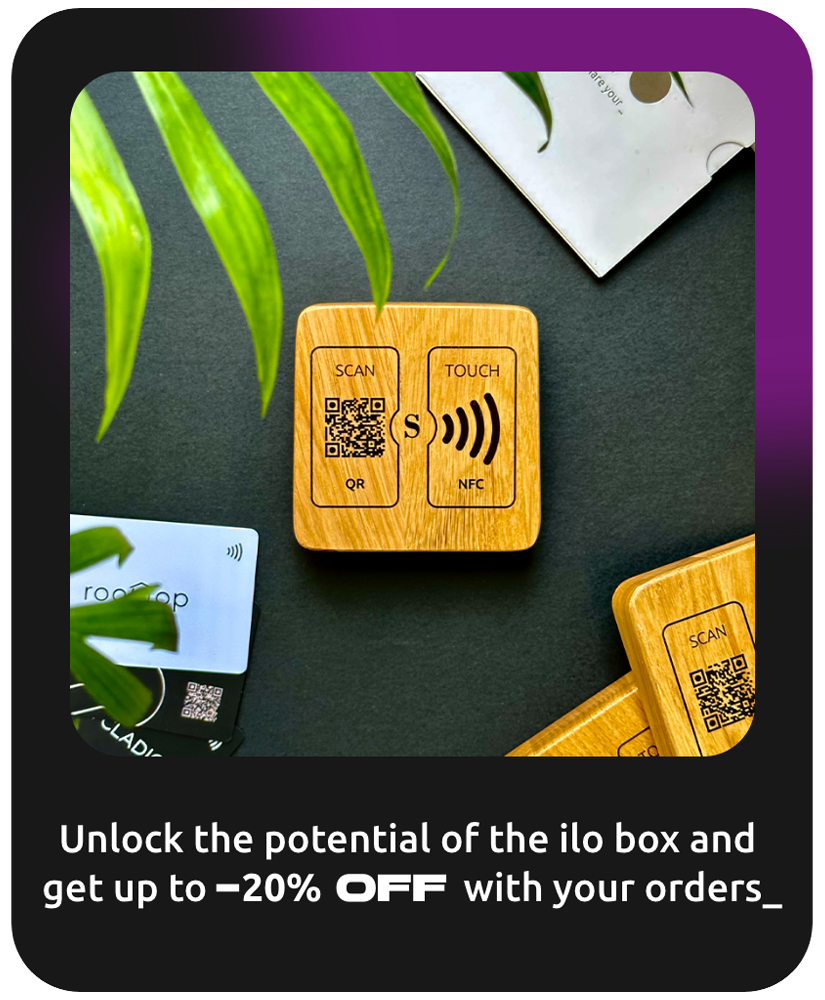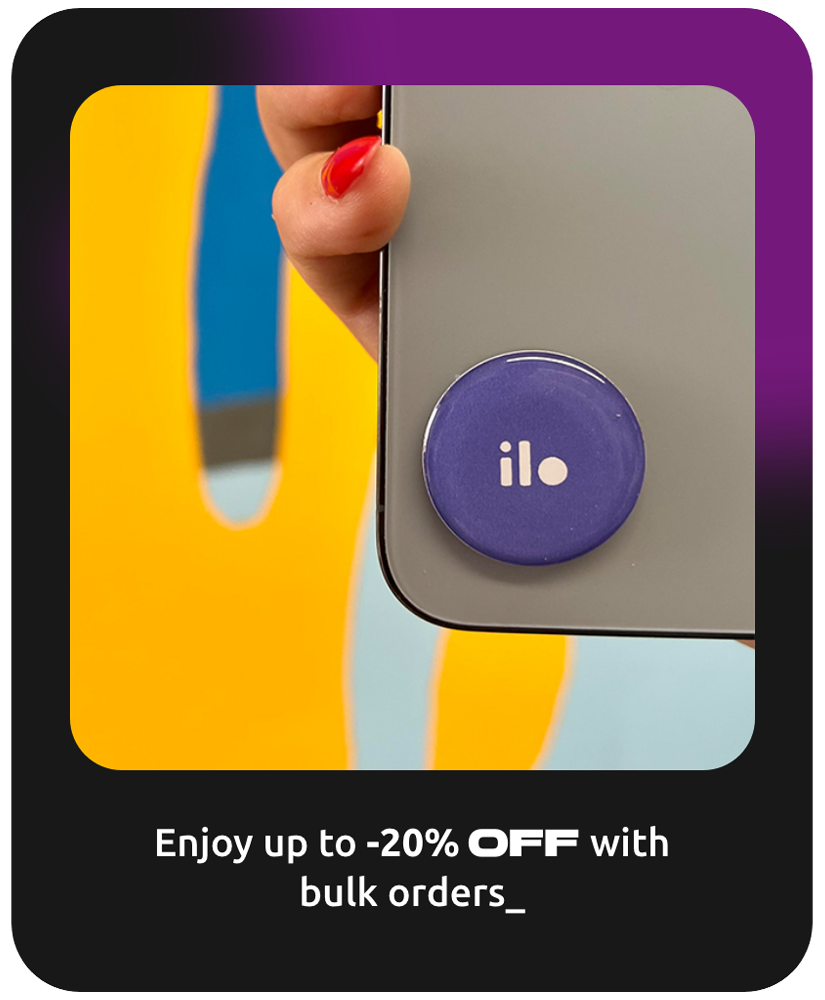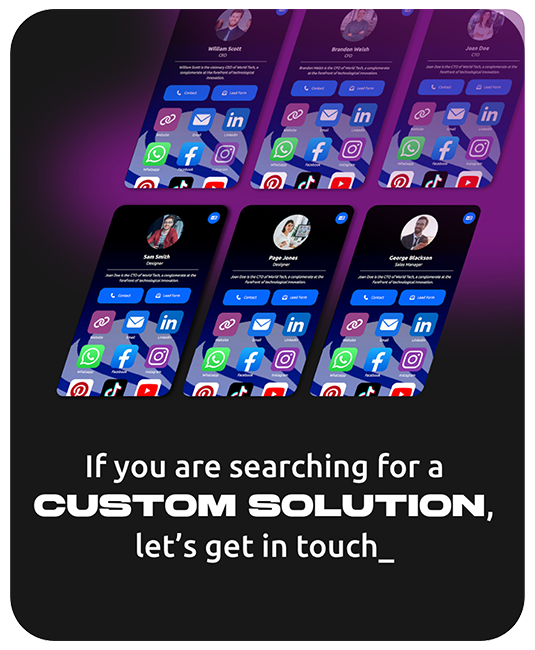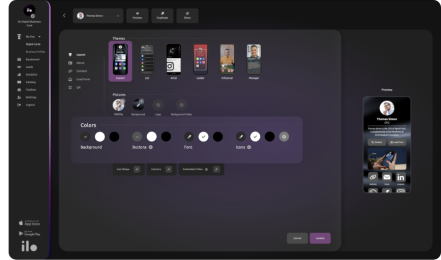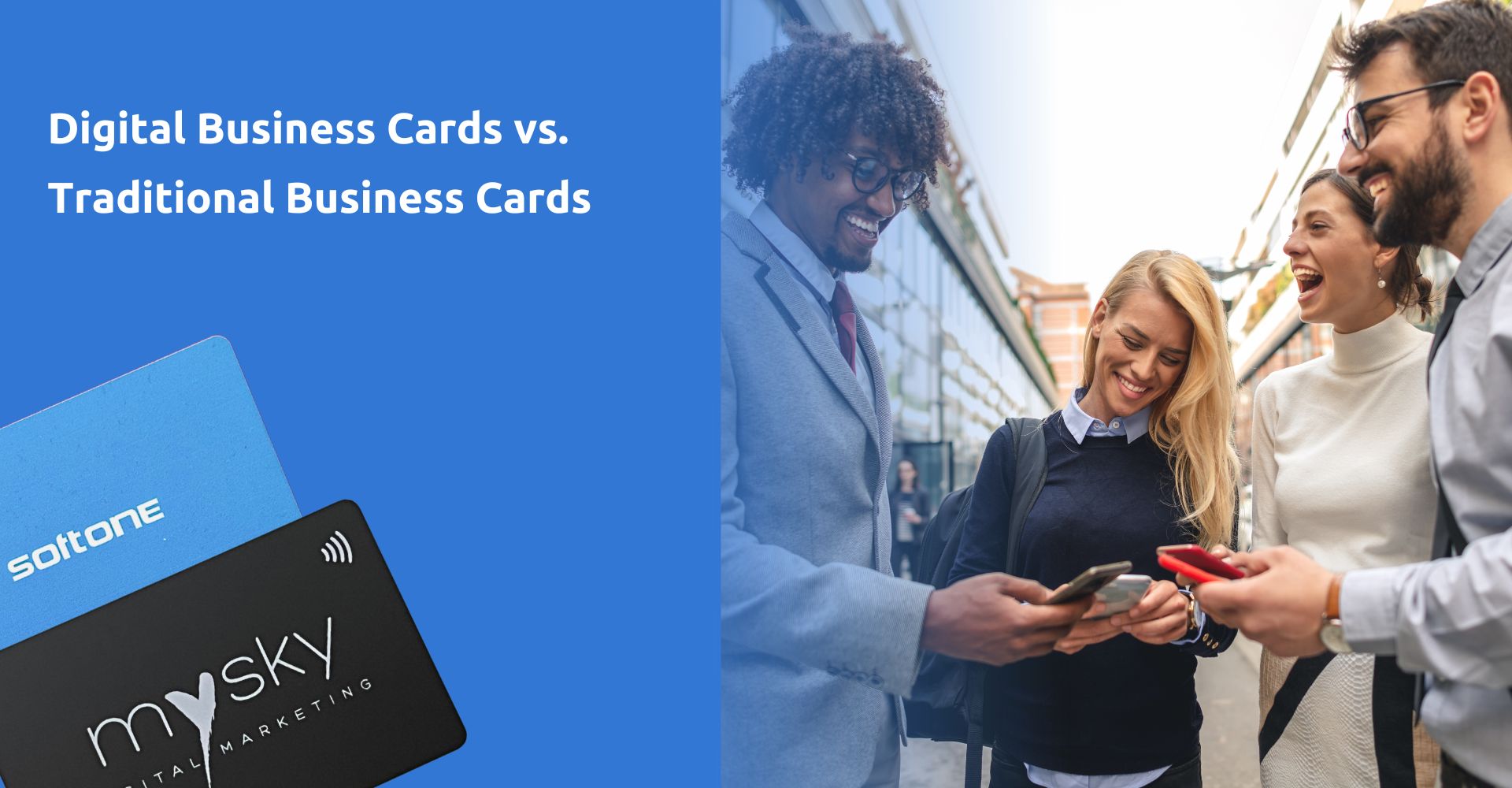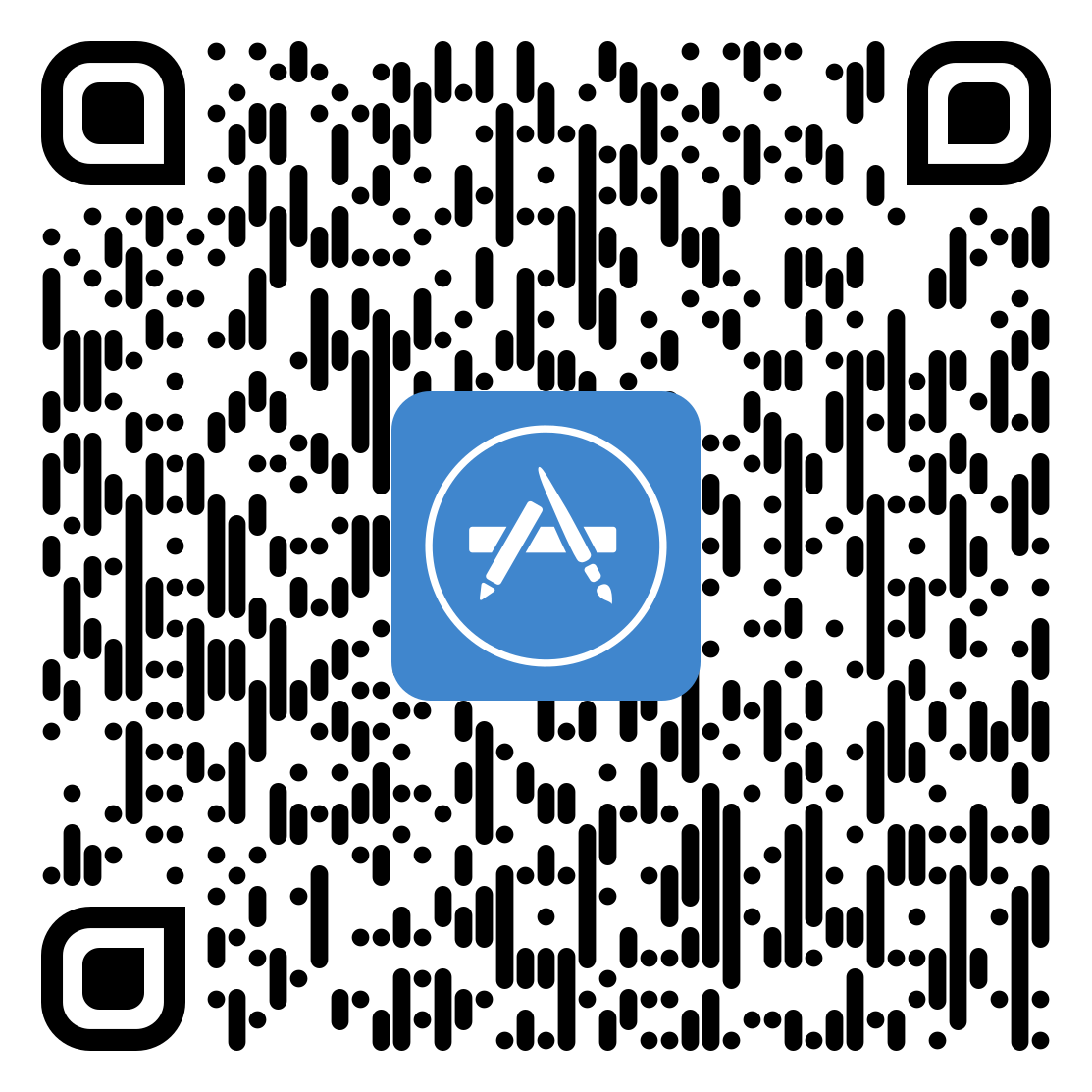In today’s fast-paced and digitally connected world, the way we exchange contact information and make lasting impressions in the business world has evolved significantly. Traditional paper business cards, once the staple of networking events and meetings, are being replaced by their modern counterpart – digital business cards. In this article, we will explore the advantages of digital business cards over their old-school counterparts.
Drawbacks of Traditional Business Cards
Limited Information: Traditional business cards have limited space for information. They typically include only basic details such as name, company, phone number, and email address. This limitation can be insufficient for conveying a comprehensive professional profile.
Easily Misplaced: Physical business cards are prone to getting lost or damaged. In a cluttered desk or wallet, they often become just another piece of paper, making it challenging for potential contacts to retrieve your information when needed.
Outdated Information: When any information changes, such as a phone number or job title, printed business cards become obsolete, necessitating a costly reprint. Keeping them up-to-date can be a logistical challenge.
Geographical Limits: Physical business cards are constrained by geographical and linguistic boundaries. They cannot be easily shared with international contacts without incurring additional printing and shipping costs.
Expensive: Printing business cards involves expenses for design, printing, and materials. Frequent reprints due to changes or errors can add up over time.
Networking with Digital Cards
Instant Sharing: Digital business cards can be shared instantly via various methods, such as QR codes, NFC technology, or even email. This allows for quick and efficient exchange of contact information, eliminating the need for paper-based interactions.
Easy to Update: With digital business cards, updating your contact information is a breeze. No need for costly reprints; you can edit your details in real-time to reflect any changes.
Interactive Elements: Digital business cards can include interactive elements such as links to your website, social media profiles, or portfolio. This provides recipients with a more comprehensive view of your professional identity.
Easy Reach with Automated Translation: In our globalized world, communicating with international contacts is essential. Digital business cards can offer automated translation services, ensuring that language barriers are easily overcome. This makes it easier to connect with foreign customers effortlessly.
Contactless Sharing: In a world concerned about hygiene and cleanliness, digital business cards offer a contactless way to share information. This is especially important in a post-pandemic environment.
Multimedia Integration: Digital business cards can incorporate multimedia elements such as videos or images allowing you to showcase your products, services, or personal brand in a more engaging way.
In conclusion, the shift from traditional paper business cards to digital business cards represents a natural evolution in networking and communication. While traditional cards may still hold some sentimental value, their limitations are increasingly apparent. Digital business cards, on the other hand, provide a modern, efficient, and versatile solution for professionals in today’s digital age. As businesses and professionals adapt to these changing times, embracing digital business cards is a logical step forward in networking and staying competitive in a rapidly evolving business landscape.

